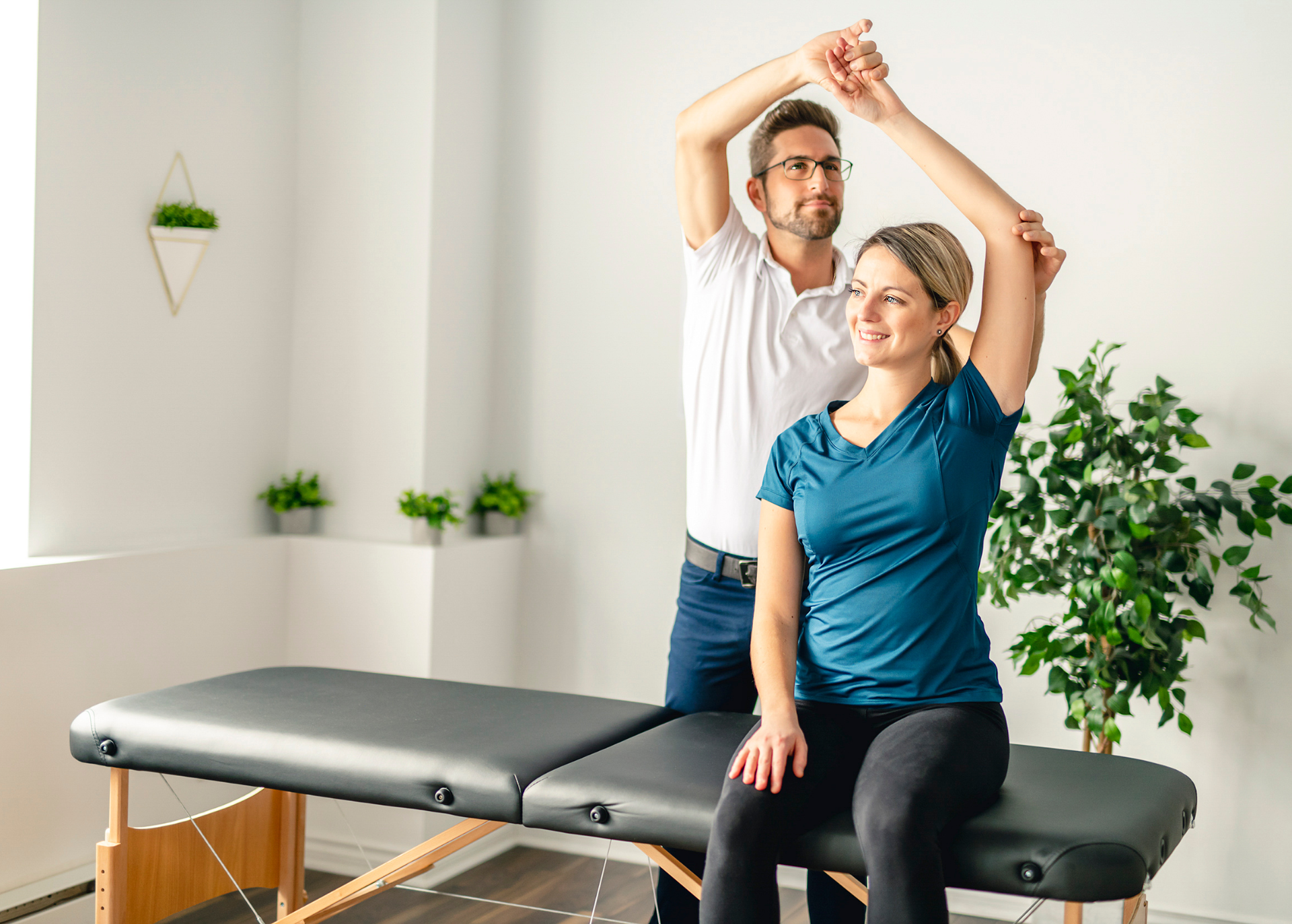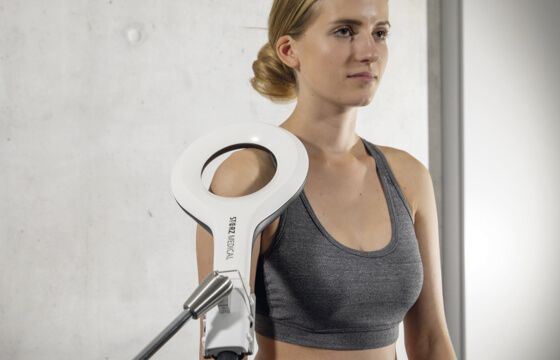Dynamic Muscle Stability and core stability
Science of muscle re-activation after injury!

Unlocking the Power of Dynamic Muscle Stability: Mark Comerford’s Approach
Dynamic muscle stability is more than just building strength—it's about training your body to control movement and protect your joints, both in sport and daily life. Mark Comerford, an internationally respected physiotherapist & author, champions this concept through his clinical approach, Kinetic Control, emphasizing quality movement and precise stability retraining.
What is Dynamic Muscle Stability?
Dynamic muscle stability means maintaining control of joints while the body is in motion. Instead of simply moving or lifting, these exercises teach your muscles to stabilize and guide joints even as you bend, reach, or shift direction.
Comerford’s Principles Explained
- Local vs. Global Muscles: Comerford distinguishes between deep, local muscles that control individual joints (like the transversus abdominis) and larger, global muscles that stabilize during more complex movements. Both must work in harmony.
- Low-Load Precision: Early training uses gentle, non-fatiguing contractions in pain-free, neutral positions to re-establish control—not just build bulk or strength.
- Mastery Before Progression: Quality of control takes precedence. Only when you can sustain correct activation without pain or fatigue should you add more complex or loaded movements.
- Functional Progression: Once control is established, challenge stability with real-world motions: moving limbs, rotating, or balancing—always ensuring joint stability is maintained.
Clinical Testimony: Dag Ronhovde, BSc.PT – 35 Years of Physio Excellence
Dag Ronhovde, a physiotherapist with 35 years of experience, has personally attended multiple courses with Mark Comerford. Thanks to Comerford’s comprehensive teachings, Dag has consistently witnessed outstanding results helping clients from all walks of life regain their functionality. The principles of dynamic muscle stability have empowered Dag to address pain, restore movement control, and greatly enhance quality of life for clients across a wide spectrum of needs.
Why Does Dynamic Stability Matter?
Proper stability training:
- Prevents injuries and recurring pain by correcting faulty movement patterns.
- Enhances athletic and daily performance through more efficient, coordinated muscle action.
- Builds lasting resilience and confidence in movement, whether you’re lifting groceries or playing sports.
Takeaway
Focusing on dynamic muscle stability, as outlined by Mark Comerford and validated by experienced clinicians like Dag Ronhovde, lays a vital foundation for pain-free movement, injury prevention, and improved physical performance. Start with control, progress functionally, and make stability a key component of your training routine.
Contact us for a detailed body balance assessment and your personilized exercise program.
#MuscleBalance #MarkComerford #KineticControl #MotorControl #MovementDysfunction #NeuromuscularControl #DynamicStability #MovementTherapy #RehabScience #FunctionalRehab #StabilityTraining #CorrectiveExercise #PosturalControl #ClinicalMovementAnalysis #MovementHealth





